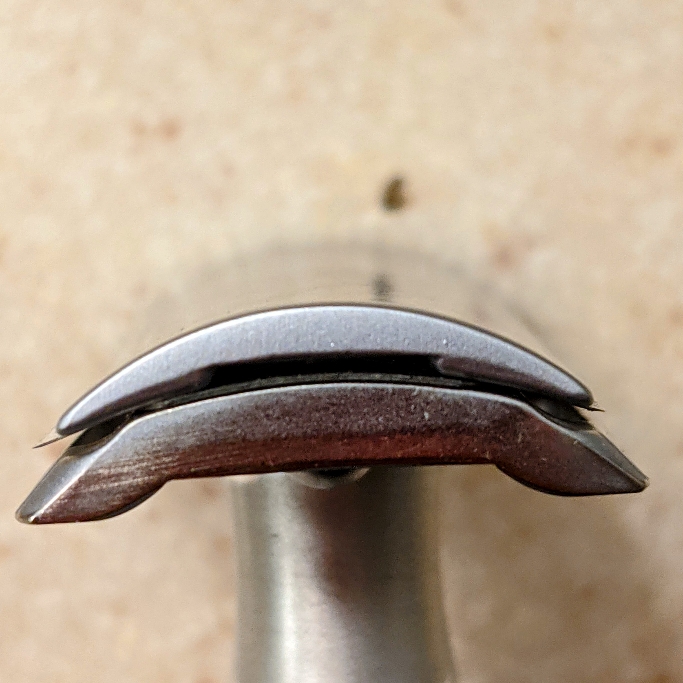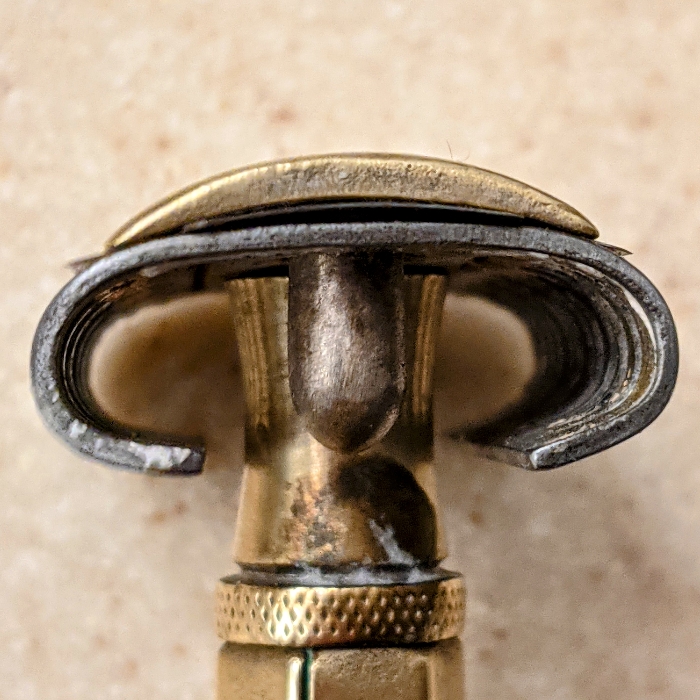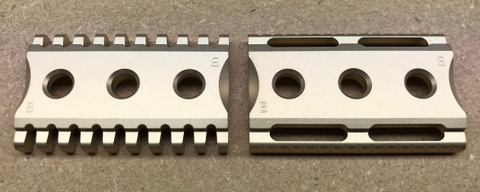Chan Eil Whiskers
Fumbling about.
This ⬆ information ⬆ strikes me as very important.
I've long thought guard span to be a missing ingredient in discussions about gap, but this is the best explanation I've come across to explain anything about the mysteries of guard span. I'm interested in your thoughts about what's being discussed in the material.
It's long been clear to me that a number of factors play into how a razor shaves. We evaluate the shaves by how efficient the razor is, how mild or rough it feels, how much work is required to give us a good shave, whether the razor allows us to do the necessary work without damaging our skin, how mild or rough the razor feels as we use it, whether the razor is prone to biting, how smooth and comfortable our skin is after the shave, etc.
Surely blade rigidity, blade exposure, gap, and other factors are important determinants of a razor's performance. I believe there are others not much (or ever) discussed , some of which are, in how they impact the shave, very unclear to me. The material I found today, pondered, and posted here makes my understanding of the role of guard span less sketchy.
...the guard span is in fact far more influential on razor safety (than the gap). The guard span forms the effective gap into which your skin can deform in front of (or into!) the blade.
This material ⬆ explicitly states ⬆ that guard span is more important that gap.
The material was found on the Maggard website. Just in case you're interested in the context which I'm not. I'd prefer to discuss guard span.
Happy shaves,
Jim






